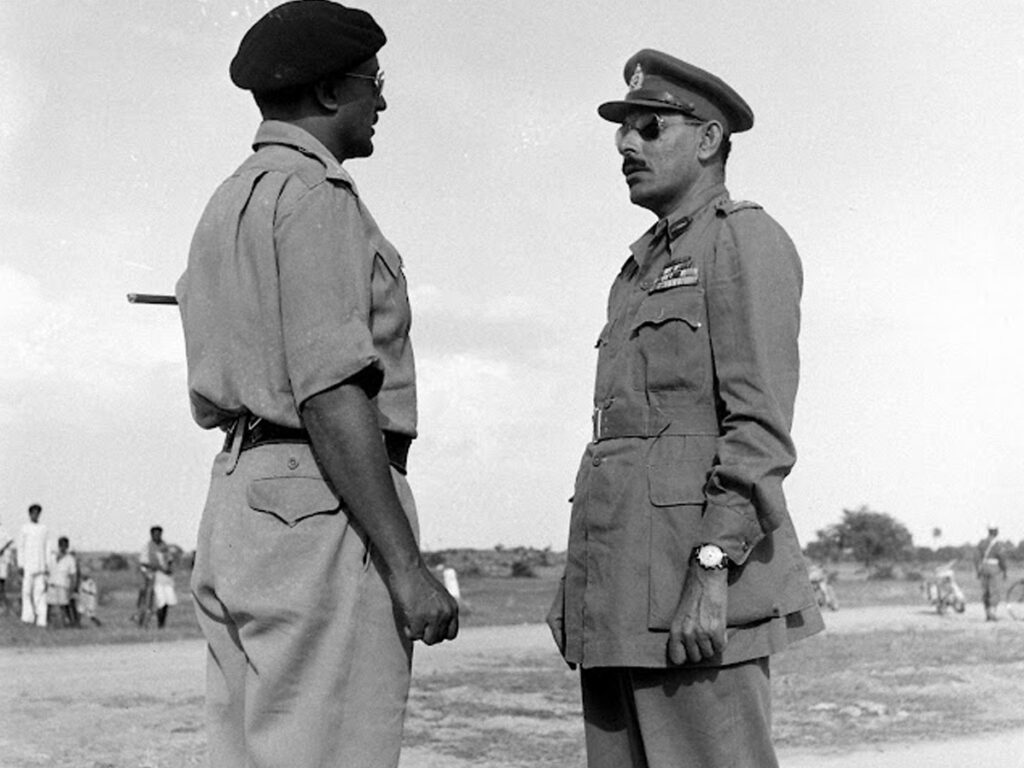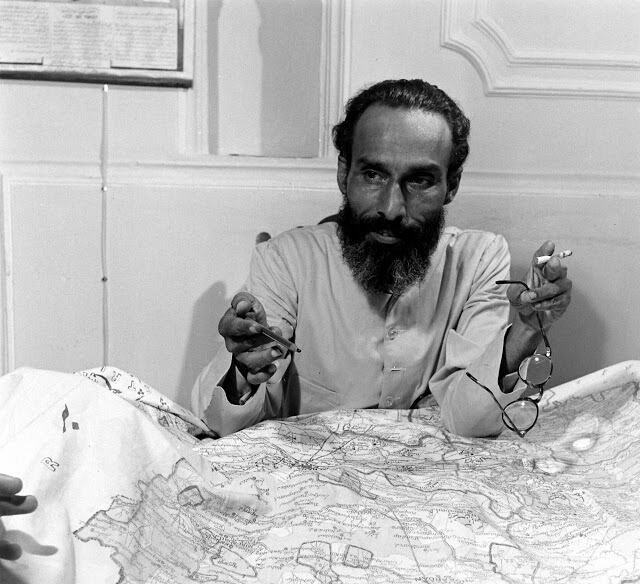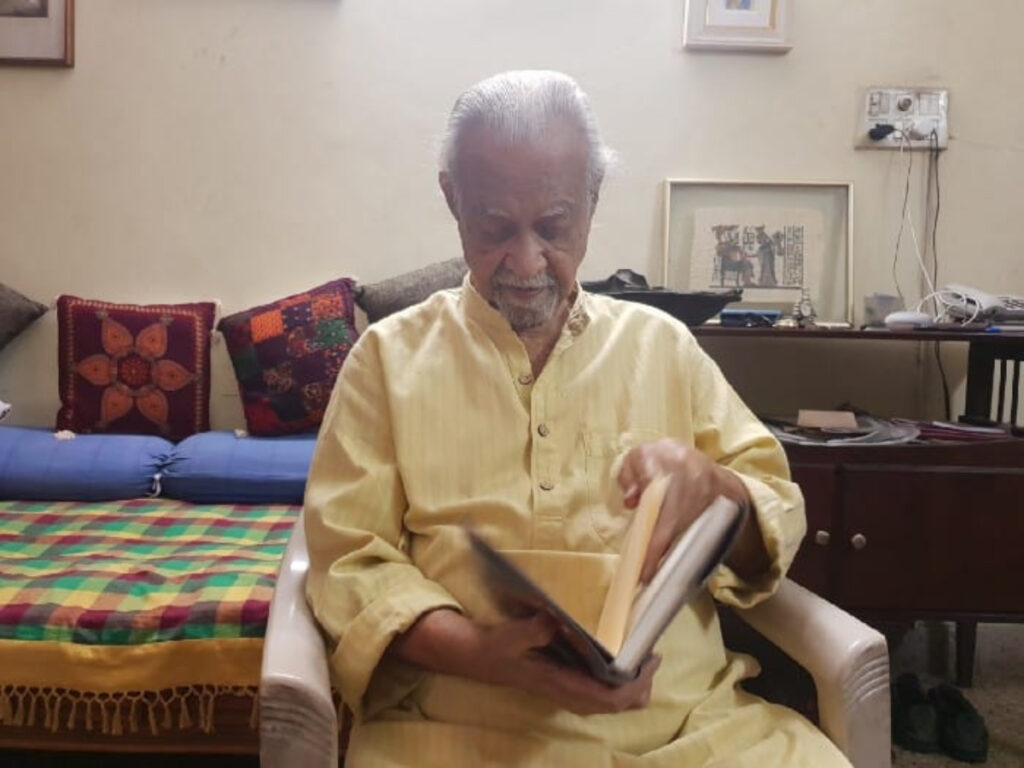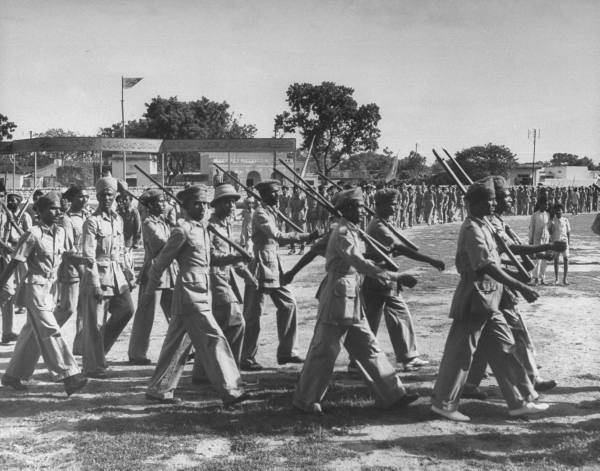By Vijay Burgula
Hyderabad: In the last decade or so, especially since the new movement for a separate Telangana began in 2009, and culminated in the formation of our state, debates and discussions on the history of the region have flourished with various sides staking their claims and counter-claims.
There has been a charge levelled by various writers and public intellectuals on one issue. That the Communists, who led the Telangana Armed Struggle (peasant uprising from 1946-51) and the Muslim militia of Qasim Razvi, Razakars, became collaborators in 1948 during or before the Hyderabad state was annexed by the Indian army to India on September 17, 1948. Telangana was part of the state
At that time in 1948, rather much earlier itself in 1946, the Telangana Armed Struggle had begun in the Hyderabad State. It was led by the Communist Party of India, which was seen as a threat. They clashed with the Razakars and the state apparatus in many skirmishes before and after Operation Polo (now being twisted and called ‘Hyderabad Liberation’ by the BJP).
Based on information that has come to light from the autobiographies of Ravi Narayan Reddy (“My Life, My Struggle: Fragments of an Autobiography”) and Burgula Narsing Rao (“Living Those Times”), it does seem under the last Nizam Osman Ali Khan.

Confusion between state and city leadership of the CPI
It does seem that the Nizam’s government took advantage of the confusion between the Communist Party of India’s (CPI) state and city leadership and their actions in 1948. The accusations of a CPI-Razakaar collaboration stem from the printing of a pamphlet by the City Committee of the Communist Party of India (CPI). Its contents require a brief background.
The Telangana Armed Struggle began in 1946 when villagers from various districts began to pressure the communists or the CPI to help them resist the atrocities of the landlords, police and Razakars. Vetti Chakiri (bonded labour) was also commonplace in rural Telangana, wherein lower-caste folks were forced to service the higher castes and the landowning class.

More than that, the Nizam (of Hyderabad) himself had directly owned 10% of the state’s lands, while 60% of it were revenue lands (Diwani), and 30% were under the Jagirdars (Telangana People’s Struggle and its lesson: P. Sundarayya).
The state Communist leadership passed a resolution in 1947 calling for an armed struggle. It sent Dr. Raj Bahadur Gour, one of the city leaders of CPI, to Bombay to meet and give the resolution to P.C. Joshi, the CPI’s general secretary.
P.C Joshi was categorical that armed struggle should begin but he was equally emphatic that the party should know when to retreat or hold its own ground. Thus by 1948, the armed struggle was at its peak and nearly 6,000 villages in four districts of Telangana were under direct communist ‘rule’ (this is something that even Syed Ahmed El-Edroos, Hyderabad state army’s last commander, accepts in his memoirs).
Operation Polo: When the Army marched into Hyderabad
Armed Struggle and clash with the Hyderabad state apparatus
Frequent exchanges of firing between the Nizam’s police and Razakars on one hand, and the Communists on the other, led to situations where they had to eventually respect each other’s territories by conducting flag meetings for the purpose. It was in this situation that the second Congress of the CPI was held in February 1948 where P.C. Joshi was removed from the post of general secretary.
It happened in a most unbecoming manner for a person who had “ushered in the golden age of the Communist movement in India” as Ravi Narayan Reddy states in his autobiography. P. C. Joshi had from the mid- 1930s onwards, championed a policy of establishing a “united front” with the Congress against British imperialism. The party had made impressive gains politically by establishing mass organisations amongst all sections of society.
Remembering Telangana’s Ravi Narayan Reddy, the 1st to enter India’s Parliament
The Second Congress in 1948 went back to the thesis of the Sixth Congress of the Communist International of 1928 (Comintern) in appraising the situation in India and making their decisions. As Ravi Narayan Reddy states in his autobiography, “The Party adopted a completely sectarian and unrealistic attitude towards the national leadership and, in particular, against Nehru’s progressive policies and attitudes”.
‘Russian insurrection line path’ and ‘Chinese line path’ of CPI
The influence of Stalinism ensured that Jawaharlal Nehru and the Indian capitalist class were considered the “toady of imperialism and the comprador classes” respectively. Ravi Narayan Reddy notes that four documents of the CPI came to influence the Telangana armed struggle during 1948-1951; two of these were the Russian insurrection path thesis of Ranadive (1948), the Chinese Line path (1950) of Chandra Rajeshwar Rao, P. Sundarayya and M. Basavapunnaiah.
Both of these documents contained a common point that the Indian national leadership were the lackeys of imperialism and the Indian masses were ready to carry out the socialist revolution. The third document, known as the “Kishen document”, was a summary of the meeting between CPI leaders and Stalin, where Stalin advised them to give up the armed struggle from a purely strategic point of view.
The fourth document is more well known as the “Three P’s” document which was jointly written by Ajoy Ghosh, Ghate and S. A. Dange. While this also considered that India had not achieved real Independence it rejected guerrilla struggle (like in Telangana of the Hyderabad state) as “individual terrorism” and paved the way for a peaceful transition.

Operation Polo; the violent history of Hyderabad’s annexation
CPI Hyderabad City Committee’s leaflet
With this background, we can now come back to Hyderabad in early 1948. According to (my late father) B. Narsing Rao (who was a student leader in Nizam College during Operation Polo), in his autobiography, the Communist Party’s City Committee had issued a leaflet / pamphlet which stated that accession to the Indian state was a delusion of the Indian bourgeoisie and that the struggle of the party was to create a socialist Hyderabad state.
I quote from his book, “There was a significant section of progressive Muslims in Hyderabad who had been attracted by the “socialist Hyderabad” idea in the City Committee pamphlet. People in the Comrades’ Association like Dr. Raj Bahadur Gour, and in IPTA, Ibrahim Jalees, were at the forefront. The Laik Ali government of Hyderabad gave massive publicity to it and all Urdu newspapers printed the text of the pamphlet.

Within a month’s time in March-April 1948, the Hyderabad government lifted the ban on the Communist Party. Ravi Narayan Reddy was in Vijayawada at that time with P. Sundarayya, and they issued a statement along with Baddam Ella Reddy, trying to save the situation.
They said that the City Party Committee leaders did not mean what they had said and reiterated the party’s decision to fight for accession to the Indian state. The local press in Hyderabad did not carry this
statement except for the newspaper “Payaam”. In fact, the Communist-Razakaar collaboration has also been alleged by others, like El-Edroos.
Nehru and Patel’s wrath
The damage had already been done by then and Sardar Patel lashed out at the Communist Party in the Constituent Assembly and declared that Hyderabad faced a “double danger” (due to the Telangana Armed Struggle) and that he would “not hesitate to wipe them out literally from the face of Telangana unless they eschew violence and armed struggle”.
Nehru also attacked the double standards, as he called it, of the Communist Party. In his interviews with film makers Diwakar Natarajan and Gautam Pemmaraju, Narsing Rao has further stated that with the beginning of Operation Polo, General Edroos of the Nizam’s army had instructed the Razakars not to confront the Indian army or the Communists.
The Communist dalams disarmed a number of the Razakars and confiscated their arms. Ravi Narayan Reddy in his “Naked Truth of Telangana” (Telangana Nagna Sathyalu) in fact, protests at the cruelty meted out to some of the Razakars at that time. The confiscation of arms and General Edroos’ statements were fuel for the Congress right wing faction, especially those who were supporting the landlords, to accuse a collaboration between the Razakars and the Communists.
Thus the charge of Communist collaboration with the Razakars came at a time when the Nizam’s government was under pressure from all quarters. It came at a time when the Communists controlled nearly 6,000 villages in four large districts and were implementing their own laws while a military action by the new Government of India seemed imminent.
It may be at best, viewed as an attempt to inflict damage on the Communists by trying to create
an equivalence between the MIM and Qasim Rizvi’s slogan of “Azad Hyderabad” with that of an “azad socialist Hyderabad”, and to muddy the political waters of Hyderabad even before it became a part of the Indian Union.
(The author is a filmmaker and farmer from Telangana)







